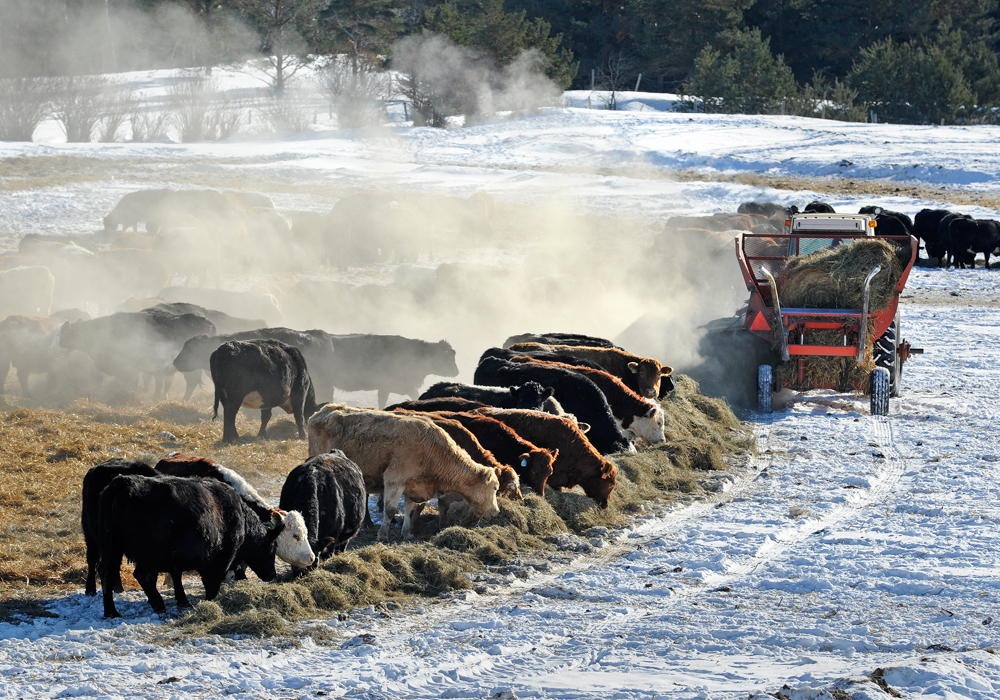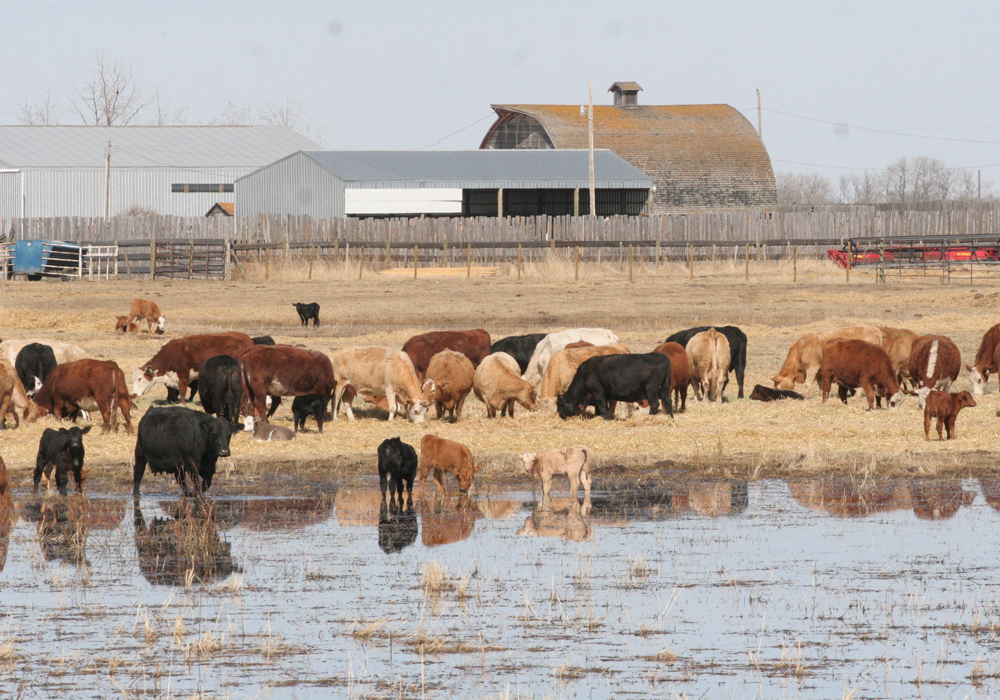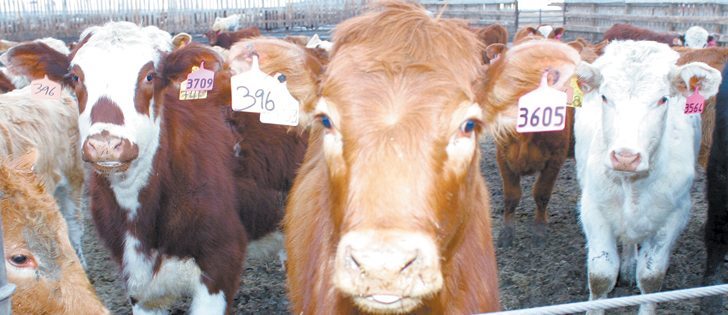Five-year cow-calf study in Western Canada found that about 75 percent of cows were copper deficient or marginal
PHOENIX, Ariz. — Adult cattle on good vaccination and mineral programs may still suffer from deficiencies that affect their health.
Studies in Canada and the United States show copper is often the most deficient trace mineral. A five-year, western Canadian cow-calf study showed about 75 percent of cows tested were copper deficient or marginal.
“It is the most common trace mineral deficiency that we identified in our study,” said John Campbell of the Western College of Veterinary Medicine in Saskatoon.
The deficiency is partially caused by high levels of sulfates in western Canadian water and soil, which inhibit the animal’s ability to absorb copper, a mineral necessary for fertility and proper immune function.
Read Also

Beef check-off collection system aligns across the country
A single and aligned check-off collection system based on where producers live makes the system equal said Chad Ross, Saskatchewan Cattle Association chair.
The deficiencies were found in blood tests and although liver biopsies are normally used to provide more accurate information, Campbell is confident in the findings.
“We have pretty good data that says if they are deficient in their blood, they truly are deficient,” he said.
Veterinarian Jeffrey Hall of Utah State University said many producers may not realize a lack of copper is the problem.
“Even though you are on a supplement plan, if you are not testing to make sure your cows are in a good state, they may not be,” he said during an animal health session at the recent National Cattlemen’s Beef Association convention in Phoenix.
Copper, selenium, zinc and vitamin E are required for normal immune development.
“As we have more regulations on antibiotic use we are going to have to rely on our animals’ natural ability to fight off infection on their own,” he said.
He added that these deficiencies have always existed but producers may not have previously been able to identify them and sought drug treatments for misdiagnosed diseases.
Free-choice mineral supplementation does not generally cause cattle to get too much, but the right proportions are important.
“When you do mineral supplementation, you need to use a balanced product,” said Hall.
“There are specific ratios between copper and zinc and manganese and the different minerals you need to keep in balance for the animal’s system to absorb them in balance in appropriate concentrations,” he said.
Copper uptake may be inhibited due to low levels in forage diets or lack of absorption because of high sulfur, iron, selenium or molybdenum in the environment.
Excessive sulfur in the animal’s rumen forms a sulfide that binds to copper. It becomes insoluble and does not get absorbed into the bloodstream so a chelated form of copper is recommended to overcome the deficiencies.
Excess copper can interfere with iron, selenium and zinc due to competitive interference of the minerals. It can cause mild to moderate functional liver changes if over supplemented.
This is not seen in range cattle or cattle fed free-choice minerals.
Depending on the region, too much selenium can interfere with copper absorption, as well as compromise immunity and fertility.
White muscle disease can be caused by an excess or deficiency in selenium.
Vitamin E deficiency could cause the same symptoms as a selenium deficiency. Among the symptoms are weak calves, poor growth rates and sudden death from heart failure.
Vitamin E is fat soluble. A cow will absorb it in her body fat for four to six months.
“As long as you have years with good green vegetation for a significant amount of time, that animal will absorb vitamin E to get her through the winter,” he said.
Vitamin A is also fat soluble and a deficiency can result in poor growth rates, weak calves, poor immune function and poor digestive tract integrity.
Drought conditions result in less accumulation of vitamins to sustain the cow through the winter and gestation. Cows can store only a certain amount of vitamins, so it may be depleted by calving time.
“If momma is depleting her own system in that last trimester of gestation, in that three months between calving and breed back, it is critical to build her system back up,” he said.
Stored nutrients are passed from mother to calf through colostrum shortly after birth.
Maternal deficiencies are often associated with poor conception rates, prolonged calving dates, non-breeding animals, poor immune function, lameness and poor growth. Hair coat colour may also change because of a copper or zinc deficiency.
“Everybody understands the importance of colostrum for the transfer of antibodies. Another critical component of colostrum is fat soluble vitamins, vitamin A and E,” Hall said.
“Almost 90 percent of the calf’s body needs of vitamin E and vitamin A are given to that calf in that colostrum,” he said.
“A sick calf doesn’t eat good and a sick calf doesn’t gain good”.
He estimated that calves with minor deficiencies weigh 20 to 35 pounds less at weaning time. Major vitamin or mineral deficiencies could result in 50 lb. less.
When it is time for breeding, a mild deficiency could result in two to four percent more females failing to get pregnant while a severe deficiency could see five to15 percent remaining open.
Younger first-and second-calf heifers have a greater mineral requirement for maintenance, their calves and their own growth.
Testing for deficiencies can be expensive.
A liver biopsy is recommended because a blood test may not properly reveal deficiencies or excess copper.
Liver biopsies can be carried out with a fairly non-invasive procedure.
“Talk to your local veterinarians with their experience in doing liver biopsies,” he said.


















